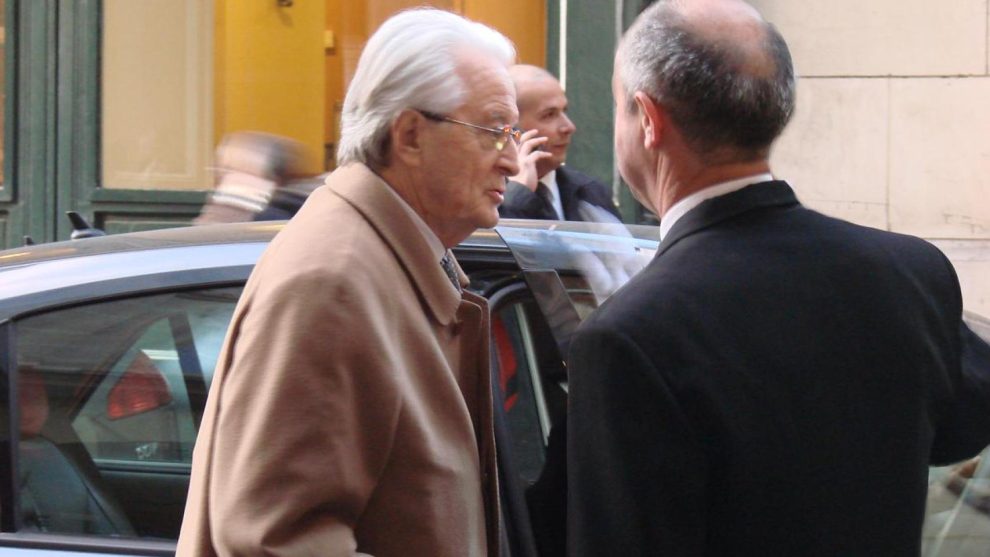Roland Dumaswho was foreign minister for several periods during the two terms of the French socialist president François Mitterrandwho was also one of his greatest confidants, died this Wednesday at the age of 101.
Dumas was head of French diplomacy between 1984-86 and 1988-1993, and in 1995 he was appointed president of the Constitutional Council by Mitterrand himself.
However, Dumas was also one of the faces of the less pleasant side of ‘Mitterrandism’as he was often tasked with secret tasks that ended up being justified in terms of “reason of state”, both inside and outside the country, according to French media.
Born in 1922, Dumas was a resistance fighter during the Nazi occupation, during which his own father was shot in 1944 for his activities against the occupiers.
He later became a lawyer, specializing in scandalous cases involving famous French people or foreign dignitaries. After the arrival of the socialist Mitterrand, of whom he was a collaborator, to the presidency in 1981, Dumas was responsible for unofficial tasks in which the Government did not want to be involved.often relating to dictators.
He was a minister during the negotiation and implementation of the Maastricht Treaty that gave birth to the current European Union (EU).
After losing his seat in the National Assembly in the 1993 elections, he moved to the Constitutional Council in 1995, but was forced to leave in 2000 following a corruption scandal at the Elf oil company, which led to a prison sentence that was overturned on appeal.
His role in ‘El Guernica’
Dumas also played a “fundamental” role in getting the famous painting ‘Guernica’ to Madrid from the USAas recognized by the Reina Sofía Museum, which houses the masterpiece of the Spanish painter Pablo Picasso.
“Thanks to their efforts we can count on an icon of painting like ‘El Guernica’, fundamental for the collection of the Reina Sofía Museum,” he said. Efe the director of the center, Manuel Segade.
Dumas’ involvement in the transfer of ‘Guernica’ began first with work against the claim of the painting by Franco’s Government, which was strongly opposed by Picasso, who in the late sixties uttered his famous phrase: “Guernica belongs to the Spanish people and to the Republic.”
The painter from Malaga hired Dumas to help him stop Franco’s desire and in 1969 the lawyer was responsible for warning William S. Lieberman, then director of the Museum of Modern Art in New York (MoMA), where ‘Guernica’ had been since 1946, that the transfer of the painting to Spain went against Picasso’s will.
Following the dictator’s death in November 1975 and two years after the painter’s death, Dumas became the lawyer for his heirs, and was responsible for defending his moral rights over the work, as well as acting as his interlocutor with the Spanish Government. ‘Guernica’ finally arrived on September 11, 1981 and the public was able to see it as early as the end of October.







![[Img #74664]](https://thelatestnews.world/wp-content/uploads/2024/12/James-Watson-The-controversial-genius-behind-the-double-helix-150x150.jpg)






Add Comment